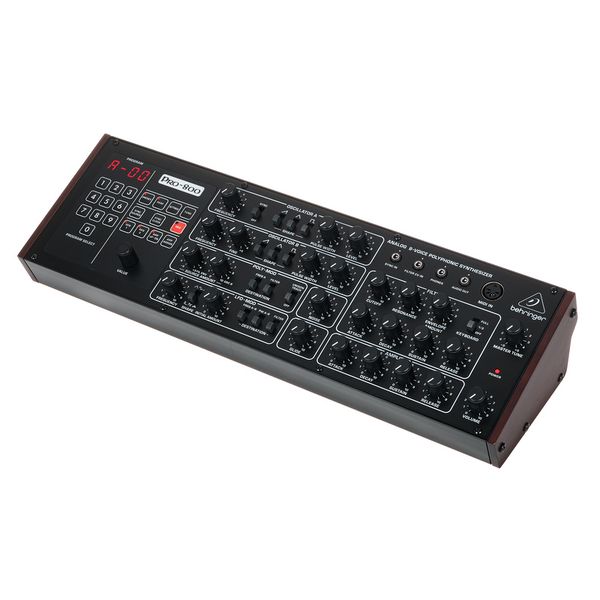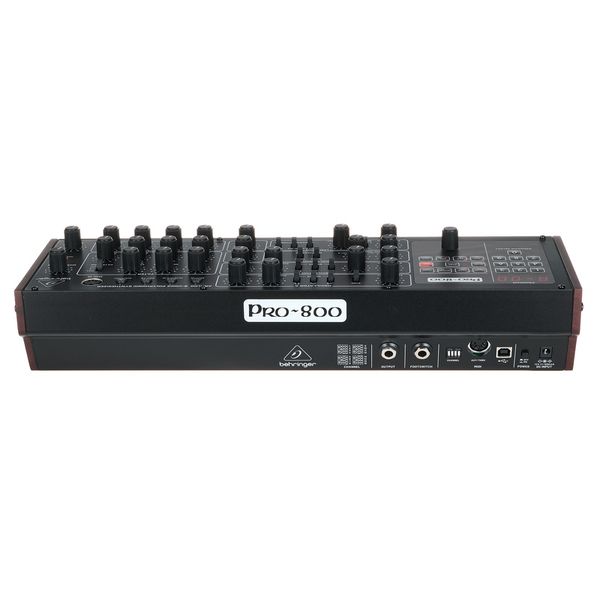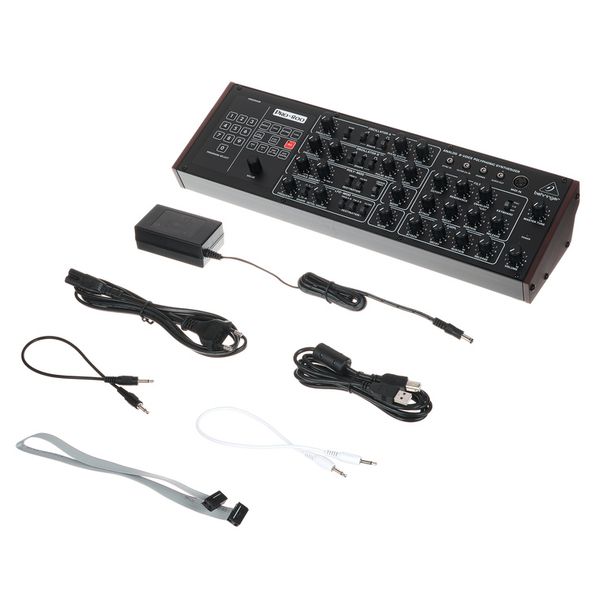First the bad things:
- It's a true vintage synth design with all it's quirks: If you're not specifically searching for that very vintage sound or experience, you'll hate it.
- The presets are meh so either make your own or buy third-party ones.
- It's mono output only and has no built-in effects at all. (get a multi-effects pedal. Zoom makes great ones.)
- You have to dial-in each preset number to load them (you can scroll through them using the synthtribe software or midi CC, but not on the synth... wtf)
- You can't plug an USB keyboard directly in and need to use the MIDI connector instead, which limits a lot the controllers you can use (you can plug the synth USB to the computer and control it from there, just not connect USB keyboards directly to the synth)
- USB is midi only so no audio capture.
- It's a module without a keyboard and with a small external power supply, which means lots of cables running around, which is kinda messy.
Now for the good stuff:
- It really sounds like a vintage Prophet synth, with all its tuning instabilities and all. If that's what you're searching for, this thing delivers!
- It sounds better than the UB-Xa, for real.
- Automatic tuning to the touch of a button whenever you want (there's both a quick and a full tuning process, the full tuning taking about 20 seconds)
- 8 fully analog voices with 2 VCOs and a noise generator per voice, which means you can play chords with true vintage vibes.
- 24dB juicy filter with a resonance that sounds great.
- The filter can auto-oscillate when cranking up the resonance and it tracks the keyboard correctly, so you can make whistle sounds.
- It's very easy and fast to make your own sounds with it: no hidden stuff, no menu diving, what you see is what you get.
- It has presets, which, being a vintage synth design, is not that common. So you can spend hours crafting the perfect sound and save it for later use.
- It has a direct manual mode that uses the current settings of the knobs as they are in the panel, which is great to start a sound from scratch.
- The knobs turn very smoothly and the membrane buttons are actually pretty satisfying to press, so it's a great tactile experience.
- The manufacturing quality is really good: all metal chassis and front panel, real wood side panels, good knobs and good paint finish.
- It's insanely cheap for what it is.
Note: the synth comes with the earliest firmware, which is buggy and doesn't sound that great, so be sure to download the synthtribe app from Behringer and update the synth to the latest firmware via USB before anything else!
Overall, Behringer has really done a great vintage sounding analog synth with this one and I actually think it sounds better than the UB-Xa, even though this one is less sexy.
Could it be done in software?
Nowadays, probably, but it will cost as much as this hardware synth and you will have to deal with license management activations, software obsolescence and the push for subscriptions, which I hate with a passion .
Hardware will never require a subscription from me.


























)
)
)
)
